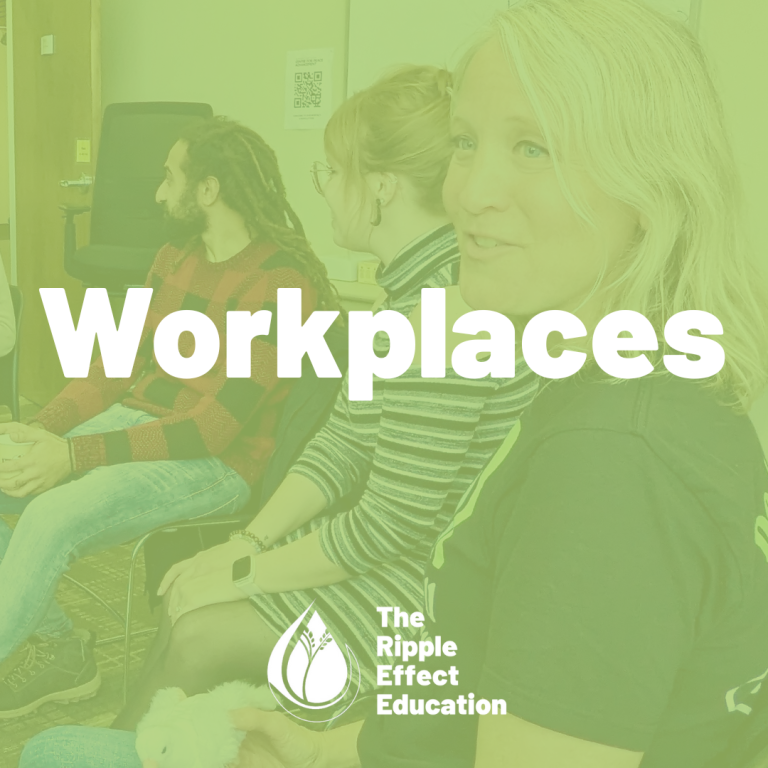The COVID-19 pandemic drastically changed workplace culture. Now more than ever, workers look for inclusive leaders who foster a sense of belonging in the workplace.
All leaders have the same basic goals: productivity, employee retention, and positive outcomes. The best leaders take those basic goals up a notch – they are the ones who can create a safe space for everyone that lets the team not only collaborate, but also thrive (Sehgal, 2024).
Inclusive leadership isn’t just a feel-good buzz phrase, but a mindset shift with measurable successes. Inclusive leaders see a 17 per cent increase in team performance, a 20 per cent increase in decision-making quality, and a 29 per cent increase in team collaboration, according to a study by Deloitte (Sehgal, 2024).
What does it mean to be an inclusive leader, and what does it take to become one? We’ve put together a list of a few simple ways to put inclusive leadership into practice.
Authenticity
According to a study in Harvard Business Review, traits such as empathy and authenticity are skills that are often perceived as “desirable” rather than critical (Zheng et al, 2023).
Through 40 in-depth interviews with award-winning inclusive leaders across several different industries, researchers found that authenticity fared better than leadership presence, a sign that hiring teams should rank skills like empathy, humanity, and authenticity higher when interviewing candidates. The study also found that rule followers were trumped by leaders who questioned rules and were willing to embrace new ideas (Zheng et al, 2023).
Authenticity can also look like acknowledging one’s own privileges to model courage and vulnerability. Authentically making connections with employees is a sign of inclusive leadership, which in turn helps create inclusive workplaces, according to an inclusive leadership guide from the Canadian Centre of Inclusion and Diversity (CCDI, 2020).
Be an ally
Inclusive leaders are allies to the many diverse identities in their workforce, and are the ones who can put allyship into practice by giving workers a platform to amplify their voices (CCDI, 2020). Value the diverse identities in your workplace, whether it is age, gender, sexuality, socioeconomic status, religious or spiritual beliefs, or diversity of ability.
The Canadian Centre of Inclusion and Diversity recommends taking an active interest in learning about the culture of Black, Indigenous, and racialized workers. Simple and genuine ways to do this can include coffee conversations, or organizing a focus group consultation to learn more about issues related to the culture of the organization in relation to individuals’ own cultural experiences (CCDI, 2020).
Promote diversity in the workplace, practice equity, and provide equal opportunities in the workplace to strengthen wellbeing and a sense of belonging (CCDI, 2020).
Actively listen
Being more inclusive as a leader is not just about including racialized workers, but also means providing the space for diversity of thought (Canaday, 2022).
It shouldn’t be a shock to learn that people work better when they feel included and heard. Inclusive leaders are ones who make themselves available to their workers, and have open lines of communication (CCDI, 2020). Inclusive leaders are also intentional about seeking employee feedback, which in turn can drive engagement and deeper connections in the workplace (Canaday, 2022). Active listening benefits everyone in the workplace.
Harvard Business Review found through its interviews with inclusive leaders that a diverse and inclusive workplace is a better workplace for all because it challenges people to come up with new ways to work with those who are different from them (Zheng, et al, 2023).
Top down culture shift
While many organizations are feeling pressure to reshape workplace culture, the transformation should always start from the top. Leaders set the tone, and leaders are the ones who should reinvent themselves first in order to bring about a trickle down effect of positive change (Sehgal, 2024). An inclusive leader is not in charge, an inclusive leader is responsible for the people who are under [their] charge (Sehgal, 2024).
It turns out that simple acts of compassion, authenticity, and care can foster an inclusive workplace, retain employees, and boost productivity.
Read some of our other related posts:
– Creating Spaces for Inclusive Conversations
– How to Become an Empathetic Listener
– A Powerful Tool to Stay Grounded in Conflict
References
Canaday, Sara. “How to Become a More Inclusive Leader.” Psychology Today, Sussex Publishers, 26 Apr. 2022, www.psychologytoday.com/ca/blog/you-according-to-them/202204/how-to-become-a-more-inclusive-leader.
Canadian Centre for Diversity and Inclusion. “Inclusive Leadership Guide.” CCDI Inclusive Leadership Guide , 2020, ccdi.ca/media/2298/20200723-ccdi-inclusive-leadership-guide-antiracism-final.pdf.
Sehgal, Sanjay. “Council Post: Inclusive Leadership: Not a Trend but a Fundamental Change in 2024.” Forbes, Forbes Magazine, 13 Aug. 2024, www.forbes.com/councils/forbesbusinesscouncil/2024/07/24/inclusive-leadership-not-a-trend-but-a-fundamental-change-in-2024/
Zheng, Wei, et al. “What Makes an Inclusive Leader?” Harvard Business Review, 28 Sept. 2023, hbr.org/2023/09/what-makes-an-inclusive-leader.
Written by Anam Latif








